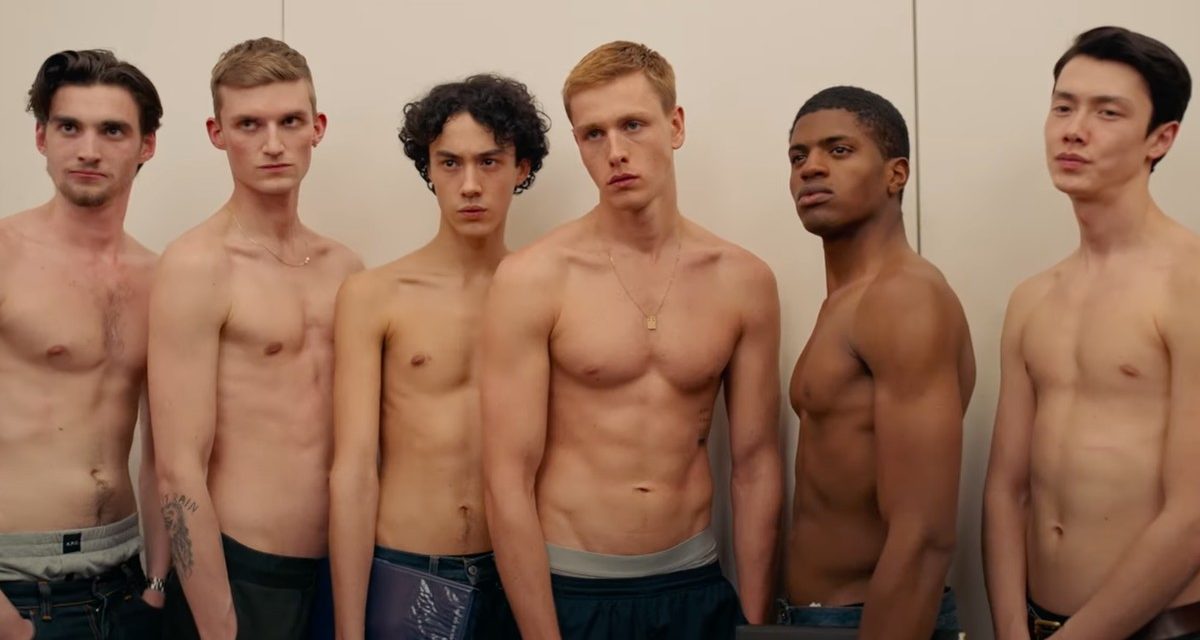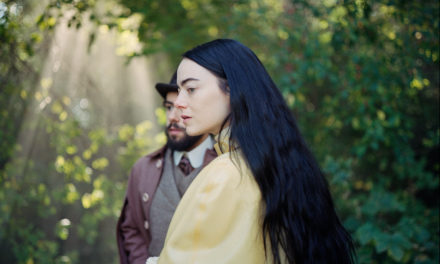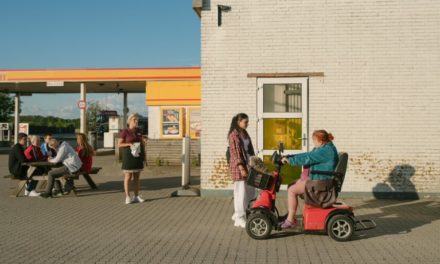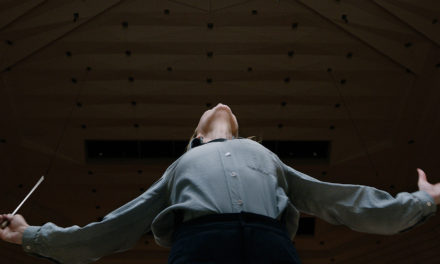Cynicism masquerading as optimism. This thesis statement blares across the screen as beautiful models parade the catwalk. The super rich seem to have an innate ability to conceal the most rotten things within the most seductive packaging. Ruben Östlund rips apart this packaging with the enthusiasm of a child at Christmas, using the same sly insights he used to dissect the family holiday in ‘Force Major’ and the art world in ‘The Square’. All of his topics seem like easy targets however the quiet still he positions his observations of the most horrific and embarrassing of situations quickly forces a unique ugliness to rise to the surface. This is by far Öslund’s best work, and perhaps for my money the best film of the year so far.
“the quiet still he position his observations of the most horrific and embarrassing of situations quickly forces a unique ugliness to rise to the surface”
There is something instantly, primally, cathartic in seeing the ultra wealthy tormented to such a degree. This all catastrophically crescendo with the widely publicised seasick banquet scene in which good food has never looked so bad. The seasickness of the camera movement strikes the perfect balance of nauseation without ever going overboard. To achieve this effect Öslund built a set on a 20 degree gimble allowing the movements to feel turbulent and visceral. This whole section is just so disgustingly good fun and watching it with a packed audience is nothing short of inebriating. Early on in the film, after a heated argument, Yaya tells Carl that talking about money isn’t sexy. She says that she needs to be with someone she can rely on and will chase after her if needs be, all of which will come true by the end of the film. The film itself is partitioned into three sections which use separate location and styles; switching between a Howard Hawks comedy to a disaster movie to a survivalist adventure. This playful structure always keeps the action fresh and constantly expands upon its ideas and characters. I find it slightly annoying that all the publicity material for the film has spoiled key aspects of where the film leads, as going into the film I knew nothing about it and gained a lot from this.

What I have always found remarkable about Oslund’s work is the restraint he displays in his camera placements, often favouring for the chaos to play out in a single wide tableau or a simple shot reverse shot. The same can be said of his delightful lighting set ups that span from intricate to the ingeniously simple. He allows the audience to work out what is important within a scene through subtle prompts. The way music fades in and out, often diagetically, tunefully dictates a scenes tempo. As does his editing in which moments will linger or a cut away from the person speaking to focus us in on a reaction. Every moment has something hidden within it that elevates everything else, an attention to detail that is missing from a lot of modern filmmaking. Ruben Östlund has been teaching a film course at the University of Gothenburg however ‘Triangle Of Sadness’ proves to be the perfect lessons in filmmaking unto itself.





